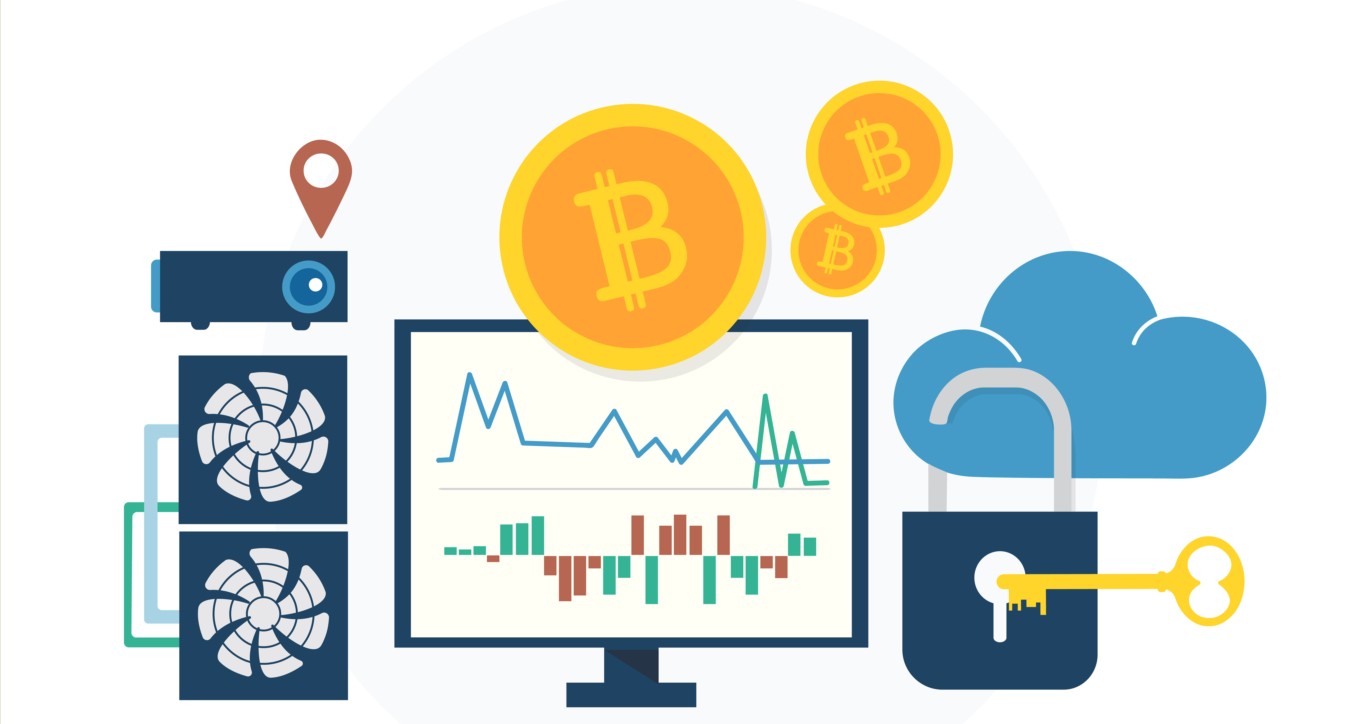What Is Cryptocurrency and How Does It Work?

Let’s break it down in simple terms — What Is Cryptocurrency and How Does It Work? Cryptocurrency has become a buzzword in recent years. Bitcoin, Ethereum, Dogecoin—these names pop up everywhere, from news headlines to coffee shop chats. But what exactly is cryptocurrency, how does it operate, and why does it spark so much interest?
What Is Cryptocurrency?
Cryptocurrency is digital money that exists solely online. Unlike traditional currencies like hryvnias, dollars, or euros, you can’t hold it in your hands since it has no physical form like banknotes or coins. It’s a decentralized currency, meaning it isn’t controlled by banks, governments, or any central authority. At its core are encryption technology (hence “crypto”) and specialized computer networks.
The first and most famous cryptocurrency, Bitcoin, was created in 2009 by a mysterious figure (or group) under the pseudonym Satoshi Nakamoto. Since then, thousands of other cryptocurrencies have emerged, each with its own unique features.
How Does Cryptocurrency Work?
To understand how cryptocurrency functions, you need to grasp a few key concepts: blockchain, decentralization, and mining.
Blockchain—The Foundation
Picture a massive digital ledger recording every transaction. This ledger is called a blockchain (a chain of blocks). Each “block” is a set of transaction data (e.g., “Oleh sent 1 Bitcoin to Mariia”) added to the chain sequentially.
What makes blockchain special is that it’s not stored in one place but across thousands of computers worldwide. This makes it transparent and secure—altering a past record is nearly impossible since it would require rewriting copies on every computer simultaneously.
Decentralization
Traditional money is managed by banks or governments: they print cash, track transfers, and can freeze your account. Cryptocurrency has no such “boss.” The network runs thanks to its participants—people and computers that keep it operational. Anyone can verify transactions on the blockchain, but no single entity has full control.
Mining—Creating New Coins
New cryptocurrency units (like bitcoins) are generated through a process called mining (from the English word for “extraction”). Computers (miners) solve complex mathematical problems to validate transactions and add them to the blockchain. In return, miners earn rewards in the form of new coins—think of it as “digging” for digital gold.
How to Use Cryptocurrency?
Wallet
To buy, store, or send cryptocurrency, you need a digital wallet. This can be software on your computer, an app on your phone, or even a specialized physical device. A wallet has two keys: a public key (an address where others send money) and a private key (a secret code granting access to your funds). Lose your private key? You lose your money.
Buying
You can purchase cryptocurrency on exchanges (like Binance or Coinbase) using regular money via a card or bank transfer. You can also receive it as payment from someone.
Transactions
Sending cryptocurrency is a blockchain entry. You specify the recipient’s wallet address, the amount, sign the transaction with your private key, and miners confirm it. This can take anywhere from seconds to minutes, depending on the network.
Advantages of Cryptocurrency
- Anonymity: While transactions are visible on the blockchain, real names aren’t tied to them—just wallet addresses.
- Speed and Low Cost: Cross-border transfers can be faster and cheaper than through banks.
- Independence: You control your money without intermediaries.
Disadvantages
- Volatility: Cryptocurrency prices fluctuate wildly. Bitcoin might be $60,000 today and drop 20% tomorrow.
- Risks: If you’re hacked or forget your key, your funds are gone—no customer support to call.
- Complexity for Beginners: Without basic knowledge, mistakes are easy to make.
Why Does It Matter?
Cryptocurrency is reshaping how we view money. It offers more freedom but also more responsibility. Some see it as the future of finance; others call it a speculative “bubble.” Regardless, blockchain technology is already influencing banking, logistics, and even art (e.g., through NFTs).
Conclusion
What Is Cryptocurrency and How Does It Work? Cryptocurrency is digital money powered by encryption and decentralized networks. Its concept is simple (sending money without middlemen), but its execution is complex. If you’re curious, start small: set up a wallet, buy a bit of crypto, and experience being part of a financial revolution firsthand.









